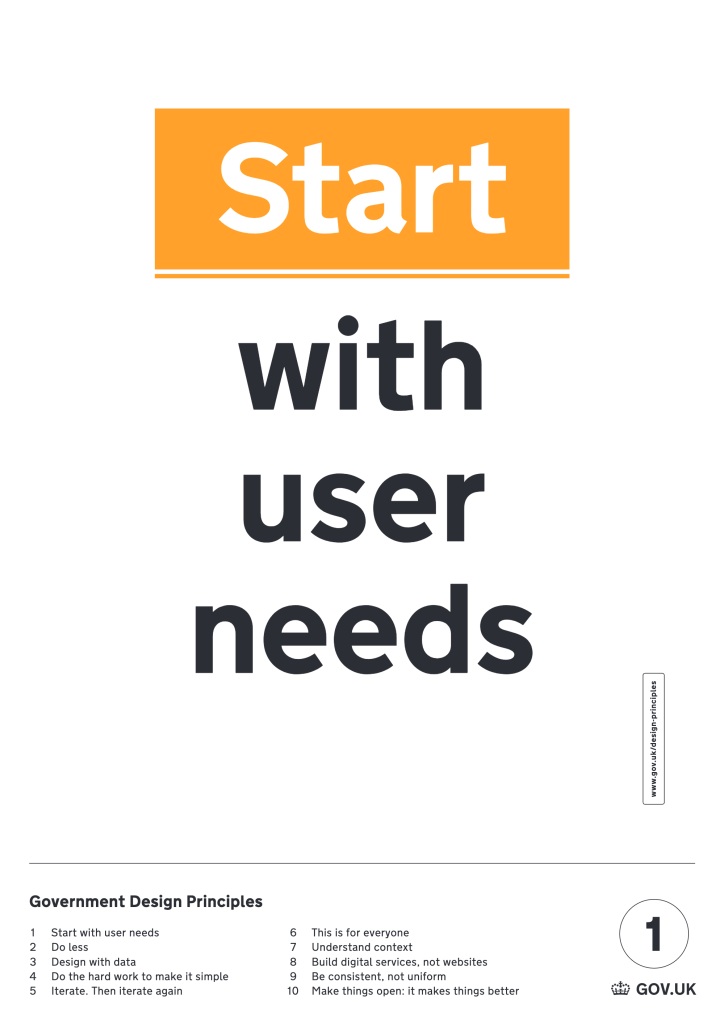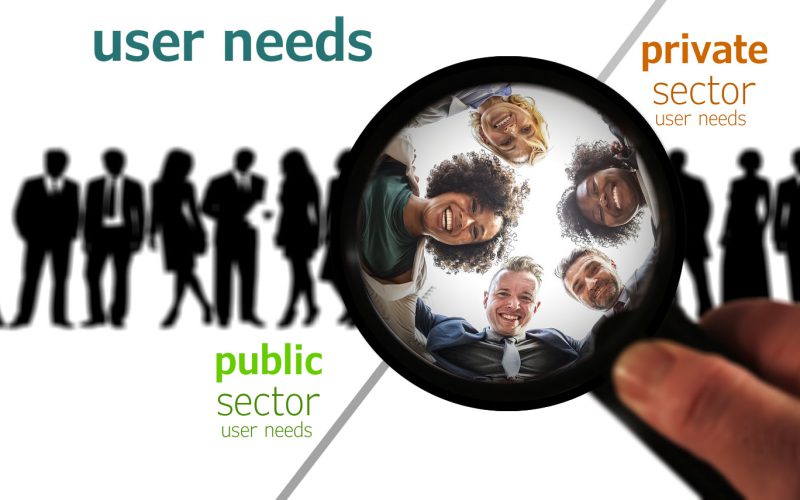Content for users
Before producing website content understand the users needs of people accessing your site. ‘Who they are’ and ‘what they want’ helps define the website content.
Having researched their behaviour the content should then be presented in the best possible way. That doesn’t only mean text, but that can be video, charts and diagrams or surveys or polls for example.
The language used must be direct and jargon free where possible. Accessibility needs to be responsive to a range of devices such as desktop, mobile or tablet and respond accordingly.
While there are obvious differences between public and private sector website users and their needs, in many cases both can be said to aim to help and to improve their lives.
Yes, e-commerce sites will funnel users to spend the maximum with ‘if you liked x then consider y‘ recommendations, but both sectors and their respective user needs are worth investigating.
Private sector, User needs
Ask yourself who exactly you’re writing for. Create several typical customer personas {age, gender, occupation, hobbies, spending habits} based on your known user data.
Show them simple and clear product benefits with a ‘buy now’ call to action. Track customer journeys through your site. Test and experiment which content and actions are most successful in terms of engagement and through to add to basket, checkout and completed sales.
Research, A/B Testing and continuous tracking with Analytics keeps site owners informed of user behaviour and trends across all demographics and regions.
Public sector, User needs
Public sector methods for User needs starts with working out who the audience is, then looking at what they want to do and why.
Instead of competing with other private sector sites in selling products the public sector focus is on delivering the user need as effectively as possible.
To do this various tools are used to:
- find what the user is looking for
- how they’re articulating their need
- what the different elements of that need are


